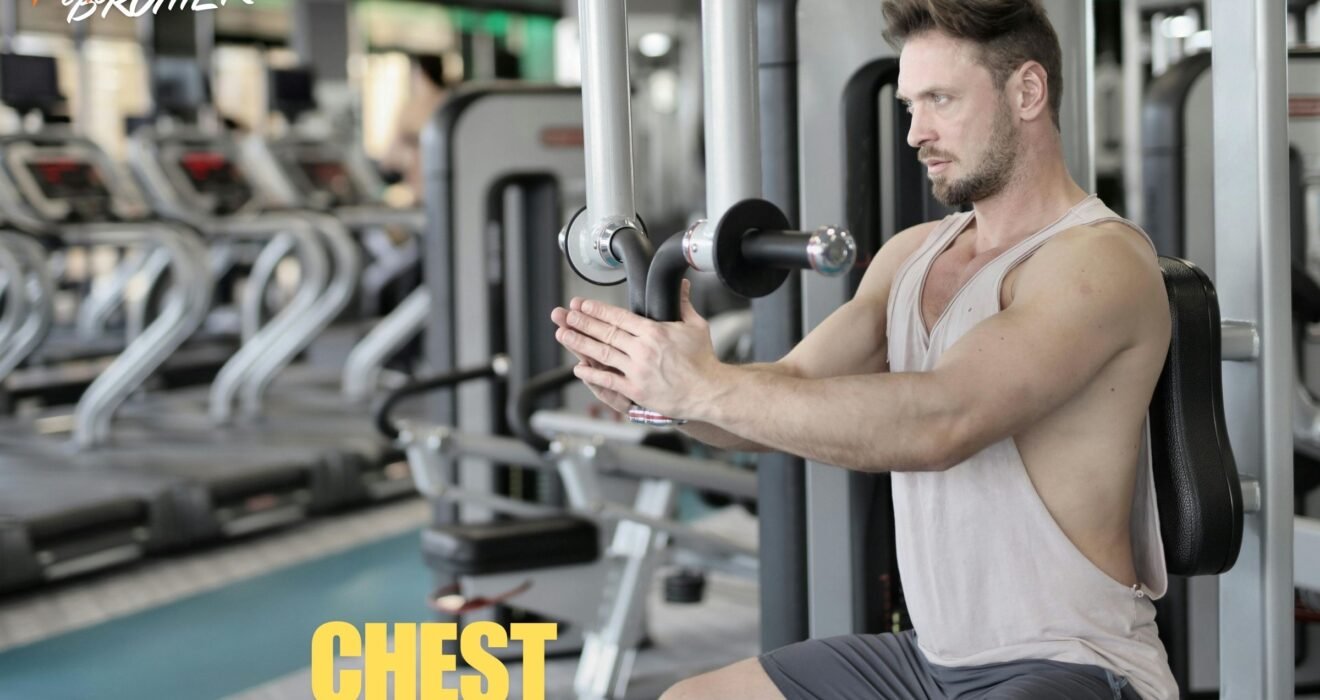How to Use the Machine Chest Fly
1. Setting Up the Machine Chest Fly Properly
Before you start doing the machine chest fly, make sure the setup is right. A good setup keeps you safe and helps work your chest muscles better.
Here’s how to set it up:
- Adjust the seat height so the handles are at chest level—not too high or too low.
- Sit upright with your back resting fully against the back pad.
- Keep your feet flat on the ground for balance and support.
- Grab the handles with a slight bend in your elbows (don’t lock them out).
- Start with a light weight if you’re new. This helps you focus on getting the form right before going heavy.
Tip: A proper setup avoids shoulder strain and makes sure you’re hitting the chest muscles effectively.
2. Executing the Machine Chest Fly with Correct Form
Now that you’re set up, let’s go through the actual movement of the machine chest fly.
Follow these steps to perform it right:
- Push the handles together slowly in front of your chest—like you’re hugging a big tree.
- Squeeze your chest when the handles meet in the middle. Hold that squeeze for a second.
- Slowly open your arms back to the starting position while keeping control—don’t let the weight drop too fast.
- Keep that slight bend in your elbows the entire time to protect your joints.
Tip: Slow and steady wins the gains! Don’t rush the movement—control gives better results and keeps you injury-free.
Targeted Muscle Engagement with Machine Chest Fly
The machine chest fly is great for directly working your chest muscles, especially the pectoralis major. Unlike some other chest exercises, this machine helps isolate the chest so you’re not depending too much on your shoulders or arms. The movement stays smooth and controlled throughout, which means your chest stays under tension the entire time. This leads to better muscle activation and chest growth.
Why that matters:
- Helps focus all the effort on your chest, not supporting muscles
- Builds better shape and definition in the chest
- Smooth resistance throughout the movement gives better results
Want to learn more? Read our full post on the benefits of using the chest fly machine for deeper insights!
Safety and Stability Advantages
The machine chest fly is a much safer and more beginner-friendly option compared to using free weights. One of the main reasons is that the machine guides your arms through a fixed path, which helps you maintain proper form and lowers the risk of injury. You don’t have to worry about balancing the weight or engaging a lot of stabilizer muscles. This makes it ideal for people who are new to the gym or recovering from injuries. The controlled movement also puts less stress on your joints, so you can focus fully on training your chest muscles effectively without worrying about losing balance or hurting yourself.
4. Common Mistakes in Machine Chest Fly and How to Avoid Them
Incorrect Seat Adjustment in Machine Chest Fly
One of the most common mistakes when using the machine chest fly is not adjusting the seat properly. If the seat is too high or too low, the handles won’t line up with your chest, which can put stress on your shoulders and reduce the effectiveness of the exercise. To fix this, always make sure the handles are at chest level. This helps you stay in the correct position and fully target your chest muscles without hurting your joints.
Using Momentum Instead of Controlled Movements
Another mistake people often make with the machine chest fly is using momentum to move the handles too quickly. Fast or jerky movements take the focus off your chest and can lead to poor results or even injury. Instead, move slowly and with control, focusing on squeezing your chest muscles throughout the motion. Keep a slight bend in your elbows the whole time. Controlled reps help you get better muscle activation and keep your form safe and strong.
5. Variations of the Machine Chest Fly
Single-Arm Machine Chest Fly
The single-arm machine chest fly is a great variation where you perform the exercise one arm at a time. This helps you focus on each side of your chest individually, which can correct any muscle imbalances. It also engages your core more because you need to stabilize your body while working each arm. This variation is perfect for building a balanced chest and improving strength on both sides equally.
Incline and Decline Machine Chest Fly Adjustments
You can change the angle of the seat on the machine chest fly to target different parts of your chest. If you adjust the seat to an incline, it will focus more on the upper chest. On the other hand, setting it to a decline position works the lower chest. These adjustments help you get a more well-rounded chest workout by hitting different areas of the pectoral muscles, promoting full chest development.
FAQs
How do you set up a chest fly machine?
To set up the chest fly machine correctly, adjust the seat height so that the handles are at chest level when seated. This alignment ensures proper form and effective engagement of the chest muscles during the exercise.
Is the chest fly machine push or pull?
The chest fly machine is considered a push exercise. It involves adduction, where you push the handles together, bringing them toward the midline of your body, effectively targeting the chest muscles.
Why do I feel the chest fly in my arms instead of my chest?
If you feel the chest fly exercise more in your arms than your chest, it may be due to improper form or using weights that are too heavy. Ensure you’re using a controlled motion, keeping a slight bend in your elbows, and focusing on squeezing your chest muscles during the movement.
How often should I use the chest fly machine in my workout routine?
Incorporating the chest fly machine into your routine 1-3 times per week is generally effective. This frequency allows for muscle recovery while promoting strength and muscle development.


